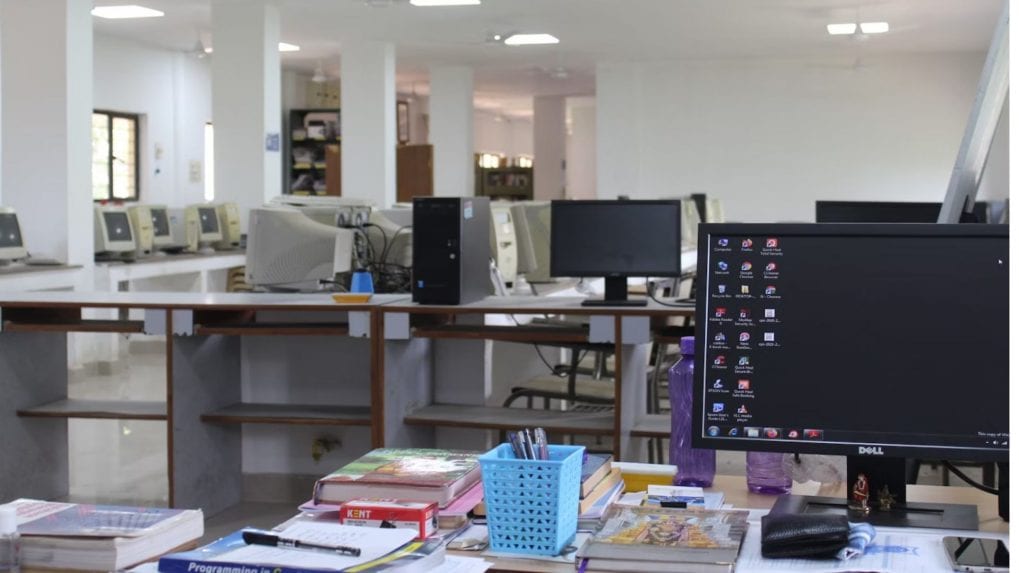India’s grade A office leasing to cross 50 million sq. ft. by FY26: CRISIL
Net leasing is anticipated to grow at a CAGR of 7–9% over the next two years, crossing 50 million square feet in FY26.
ADVERTISEMENT
India's commercial real estate sector is gearing up for its most vigorous leasing cycle yet, with net absorption of Grade A office space projected to exceed 50 million square feet by FY26, according to CRISIL Ratings.
This represents a 7–9% compound annual growth rate (CAGR) through FY27, fueled by a decline in work-from-home trends and rising demand from global capability centres (GCCs). The uptrend signals a structural shift in the real estate cycle and opens fresh avenues for both institutional and retail investors.
CRISIL noted that occupancy levels are likely to improve, thereby enhancing cash flows for office space developers. This, along with conservative debt management, is expected to keep credit profiles stable. The agency's study of 78 commercial office players—who collectively hold nearly one-fourth of India's Grade A office stock—reinforces this positive outlook. Following a strong post-pandemic recovery over the past two fiscal years, the commercial office segment is poised for sustained growth.
Net leasing is anticipated to grow at a CAGR of 7–9% over the next two years, crossing 50 million square feet in FY26. GCCs remain the primary demand drivers, accounting for 30–40% of annual leasing. While growth in the IT/ITeS sector has moderated, GCCs have compensated by ramping up their presence.
New demand is also emerging from the BFSI (Banking, Financial Services, and Insurance) sector and flex-space operators. BFSI is expected to witness double-digit leasing growth, supported by strong credit demand, increased hiring, and expansion into Tier II cities. Meanwhile, coworking and flexible office providers continue to grow, offering scalable workspace solutions amid evolving corporate needs.
India’s total office stock is projected to grow from approximately 810 million sq. ft. in March 2025 to 925 million sq. ft. by FY27. Vacancy levels are expected to fall to 15.5–16%, down from 16.5%, signaling a healthier demand-supply balance.
In the National Capital Region (NCR) and Mumbai Metropolitan Region (MMR), vacancy rates could decline by 200–250 basis points by FY27, led by sustained BFSI and IT sector demand. South Indian cities like Bengaluru, Hyderabad, and Chennai are expected to remain resilient, as GCCs absorb much of the new supply. Pune, however, may face rising vacancy in the near term, as supply outpaces absorption.
The improving fundamentals present a favourable scenario for Real Estate Investment Trusts (REITs), especially those with robust portfolios in South and West India. Falling interest rates, declining vacancies, and rising rents are likely to enhance REIT yields and attractiveness.
Office rental yields are also expected to firm up, benefiting investors in Grade A office properties—whether through direct investment or fractional ownership structures. Additionally, CRISIL projects that the sector’s Debt-to-EBITDA ratio will improve from 4.7x currently to 4.0–4.2x by FY27. Debt Service Coverage Ratio (DSCR) is expected to rise to 2x, reflecting improved financial resilience among developers.
Despite the positive outlook, some cautionary factors remain. A potential economic slowdown in the US or EU could impact GCC-led leasing in India. Geopolitical instability or global interest rate volatility may also dampen investor sentiment. Moreover, aggressive leveraging by newer market entrants could undermine the sector’s otherwise improving credit trajectory.

